
On some recent travels through northern Europe, the former industrial town of Duisburg, Germany was an unexpected and pleasant surprise. An industrial town to the north, Duisburg is known as one of the largest inland ports in the world (it’s where the Rhine and the Ruhr rivers meet) as well as a former steel producing giant. Recently a shift of steel production to China has drastically reduced Duisburg’s main export leaving the town in a dilemma of commodity as well as persona.
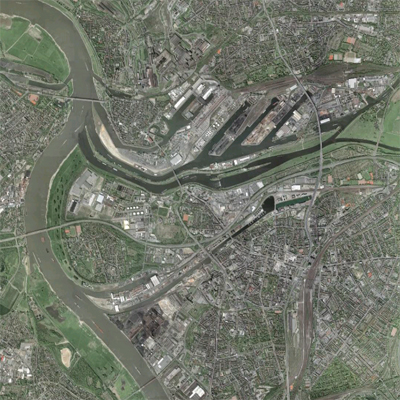
[Photo by Google Earth]
Two of the three original steel plants have been closed since the mid-nineties; one is vacant, one has been turned into a cultural center, and one remains in use. Given the change in industry, Duisburg has had to rethink who they are as a city and is taking some very respectable steps in implementing a plan to become the cultural capital of the region.
The Kueppersmuehle Museum for Modern Art is a wonderful programmatic re-use of a former grain storage building adjacent to the harbor.

[Photo by Kueppersmuehle Museum for Modern Art]

[Photo by Kueppersmuehle Museum for Modern Art]

[Photo by BUILD llc]
The Business Promotion Center by Foster + Partners is a sleek crafted building with an appropriate scale to its surroundings. The curved glass envelope provided engaging views alongside the traditional housing.
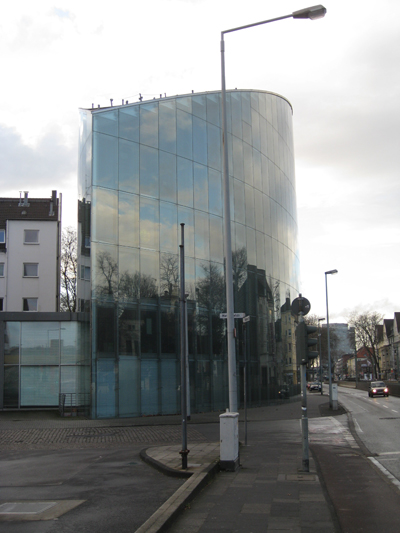
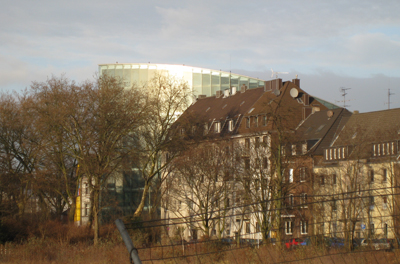
[Photos by BUILD llc]
The Microelectronic Center by Foster + Partners is nestled into an existing and historic context.

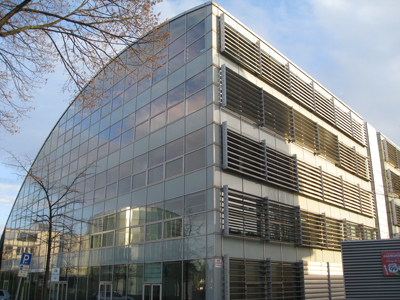
[Photos by BUILD llc]
The Innenhafen movable suspension footbridge by Schlaich, Bergermann and Partners is able to lower and raise based on hydraulic arms pivoting and pulling the suspension cables to varying degrees of taughtness. It was unclear whether or not you could walk over the bridge in its raised position.



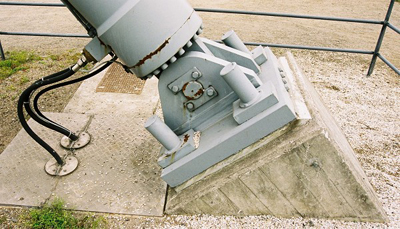
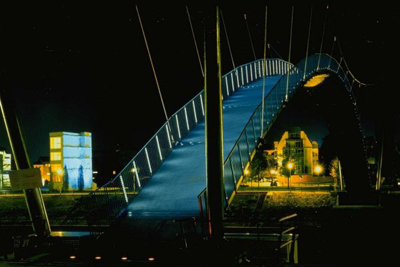
New multi-housing in Duisburg is abundant. These handsome, modern housing blocks developed near the harbor incorporate man-made canals between building rows.

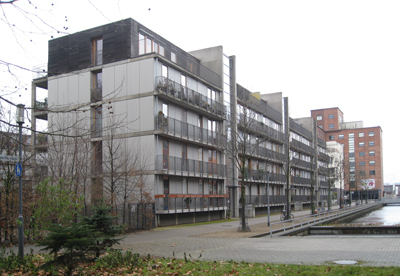
[Photos by BUILD llc]
NewMulti-housing by Foster + Partners.

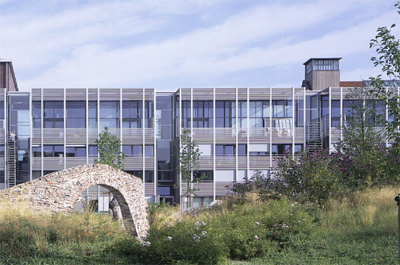
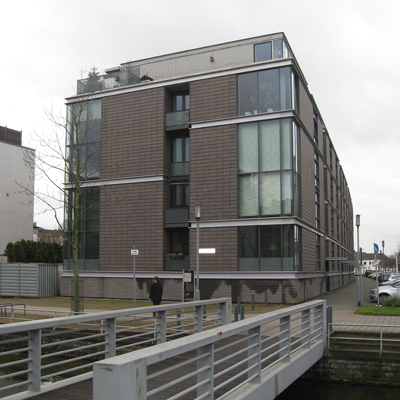

[Photos by BUILD llc]





